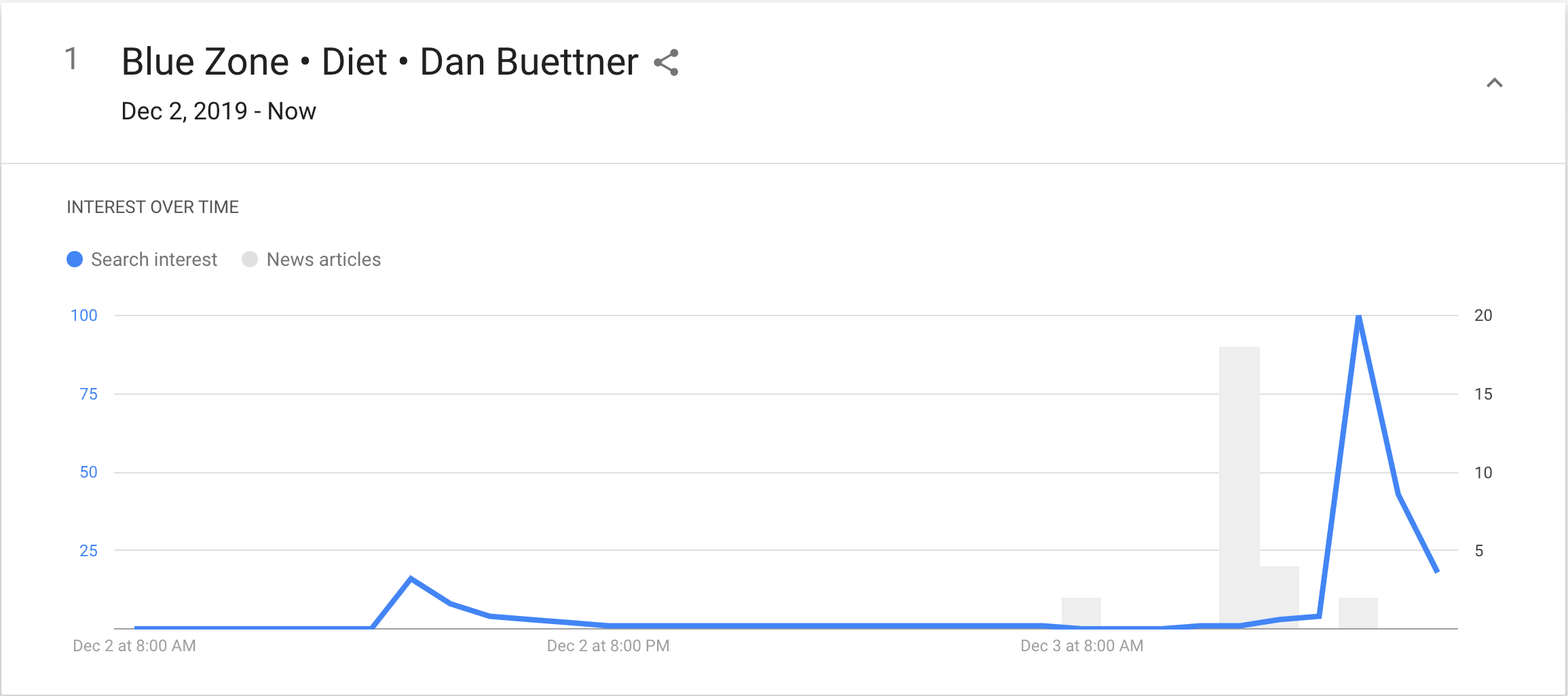
With this information, you can figure out what trends are most important to customers in the areas you care about, which can help you optimize marketing efforts, stock levels, and employee coverage. WHERE trends.refresh_date = DATE_SUB(CURRENT_DATE(), INTERVAL 1 DAY)ĪND trends.week = DATE_TRUNC(CURRENT_DATE(), WEEK) ON dma.dma_id = CAST(trends.dma_id as STRING) JOIN `bigquery-public-data.google_trends.top_terms` as trends ON ST_WITHIN(ST_GEOGPOINT(stores.Longitude, stores.Latitude),dma.dma_geom) SELECT stores.id as store_id, array_agg(term ORDER BY score DESC LIMIT 3) as rising_termsįROM `_stores` as stores Note that DMA boundaries need to be licensed from Nielsen for use in analysis. From there I can simply join back onto the trends data using the DMA ID and focus on the top three terms for each store, which is based on terms with the highest score for that area within the past week. Here I can use the DMA table to determine which DMA each store is in.
GOOGLE TRENDS MGTOW PLUS
So now how do I join this data with the Google Trends data? This is where BigQuery GIS functions, plus the public boundaries dataset comes into play. Like we mentioned in our previous blog post, depending on how that data is brought into BigQuery we might enhance the base table by using the Google Maps Geocoding API to convert text-based addresses into lat-lon coordinates. Let’s say I have a BigQuery table that contains information about each one of my physical retail locations. This regional information can offer further insight into trends for your organization. A value of 100 is the peak popularity for the term. Additionally, information about how that term has fluctuated over time for each region, Nielsen’s Designated Market Area® (DMA), is recorded with a score.

You can view and run the queries we demonstrate here.Įach day, the top 25 search terms are added to the top_terms table. You can learn more about the dataset here, and check out the Looker dashboard here! These tables are super valuable in their own right, but when you blend them with other actionable data you can unlock whole new areas of opportunity for your team. The Trends data allows users to measure interest in a particular topic or search term across Google Search, from around the United States, down to the city-level. The Google Trends dataset represents the first time we’re adding Google-owned Search data into the program. Plus, the first 1 TB per month is free! Even better, all of these public datasets will soon be accessible and shareable via Analytics Hub.

You only pay for queries against the data. Google pays for the storage of these datasets and provides public access to the data, e.g., via the bigquery-public-data project. If you’re not familiar with our datasets program, we host a variety of datasets in BigQuery and Cloud Storage for you to access and integrate into your analytics. A few weeks ago, we launched a new dataset into Google Cloud’s public dataset program: Google Trends.


 0 kommentar(er)
0 kommentar(er)
